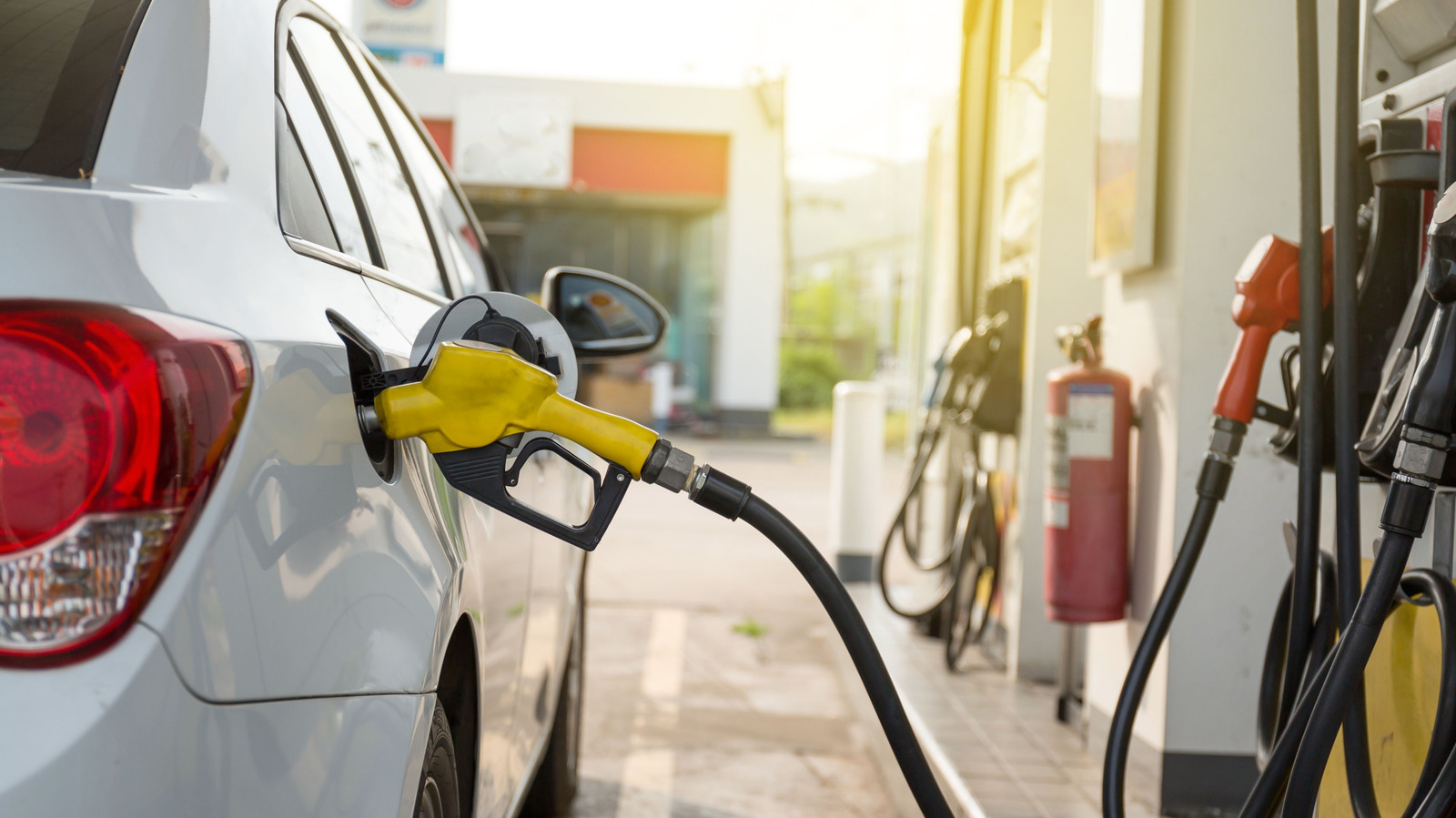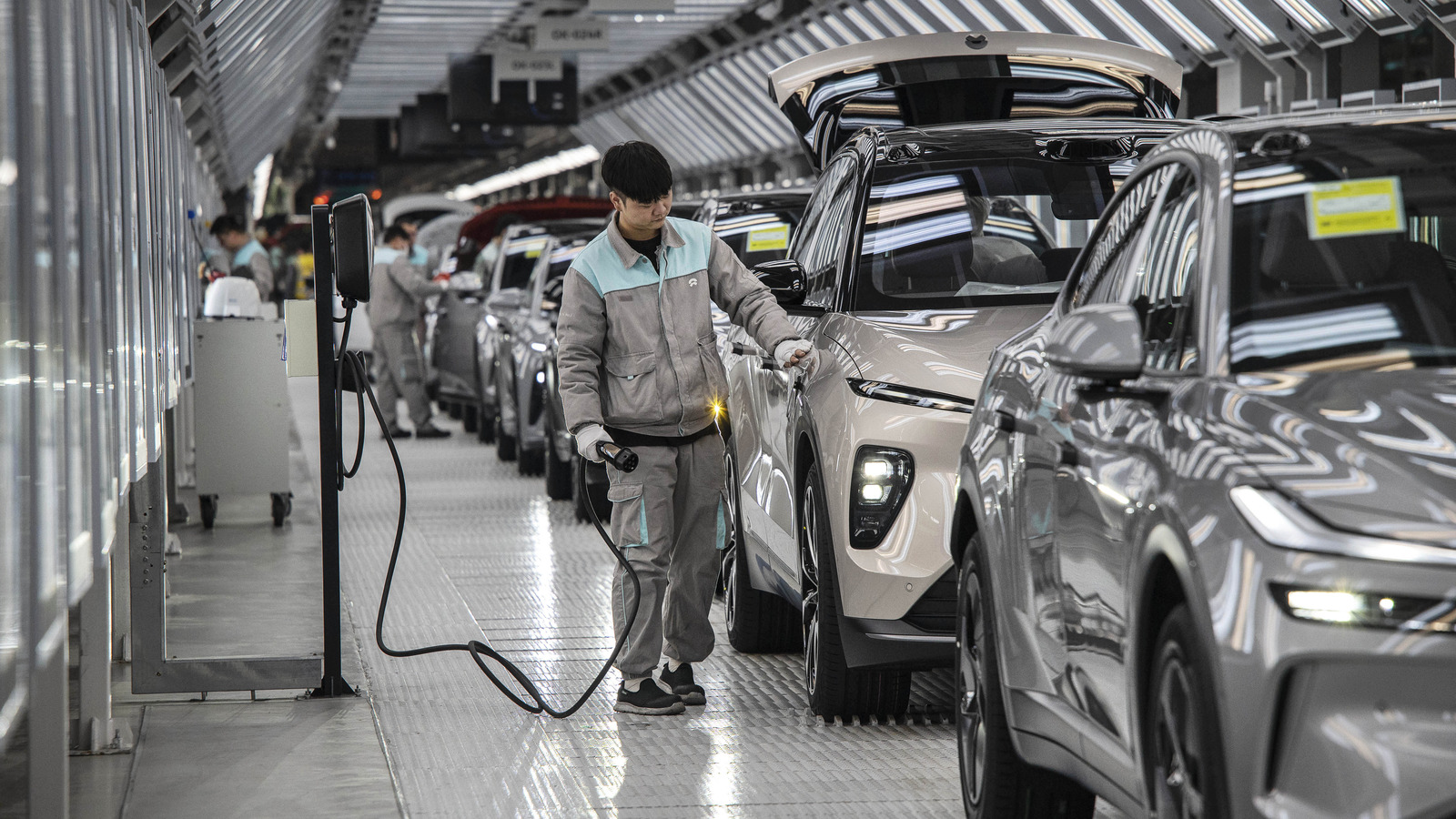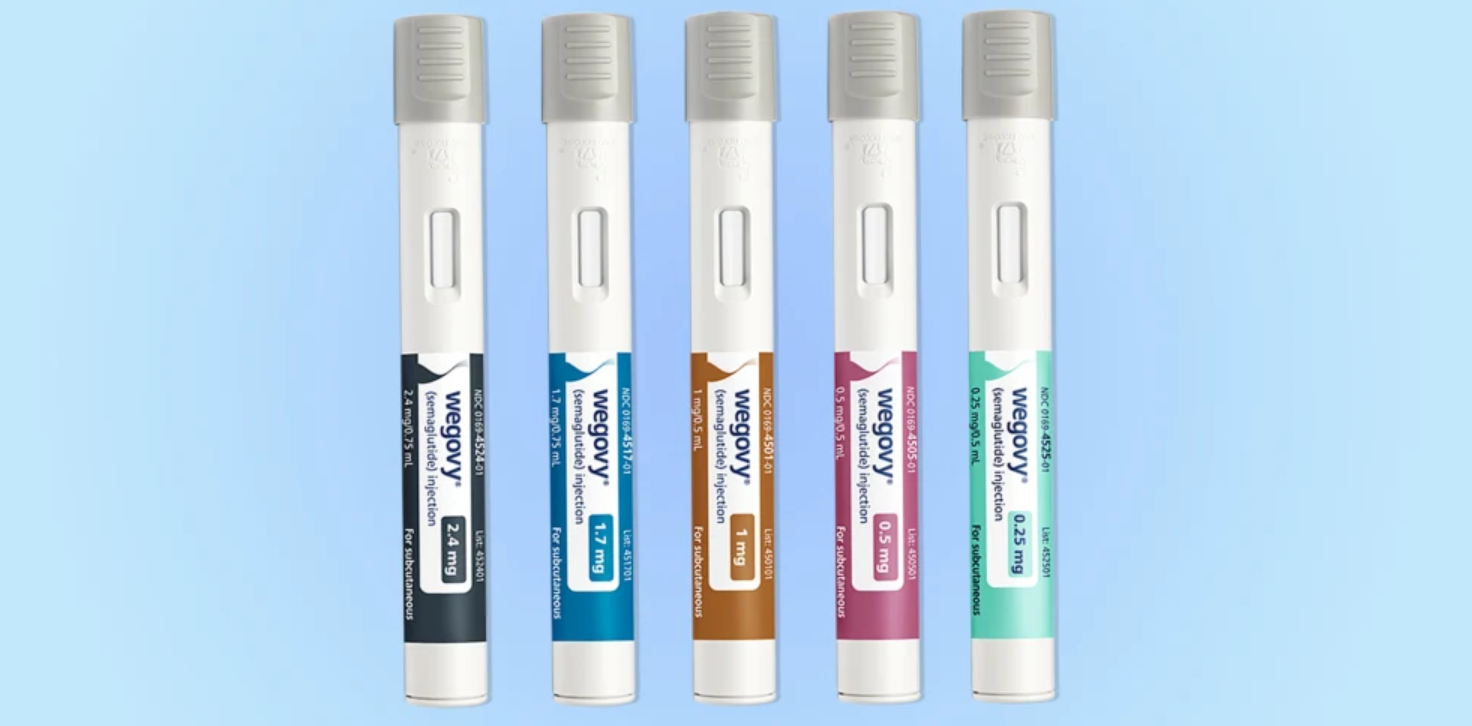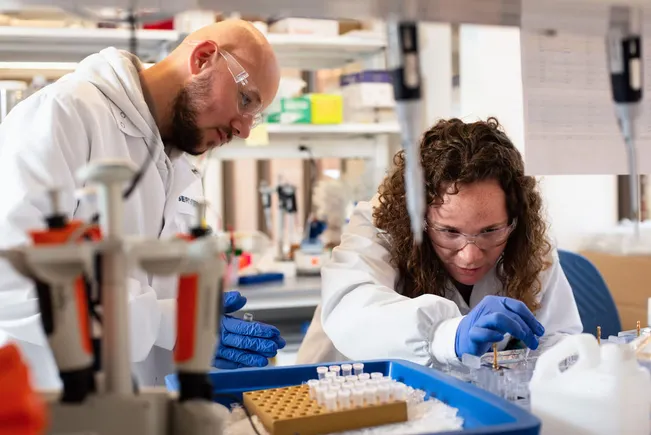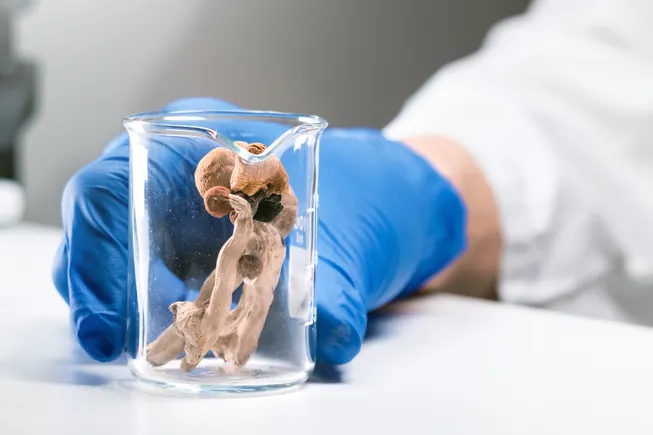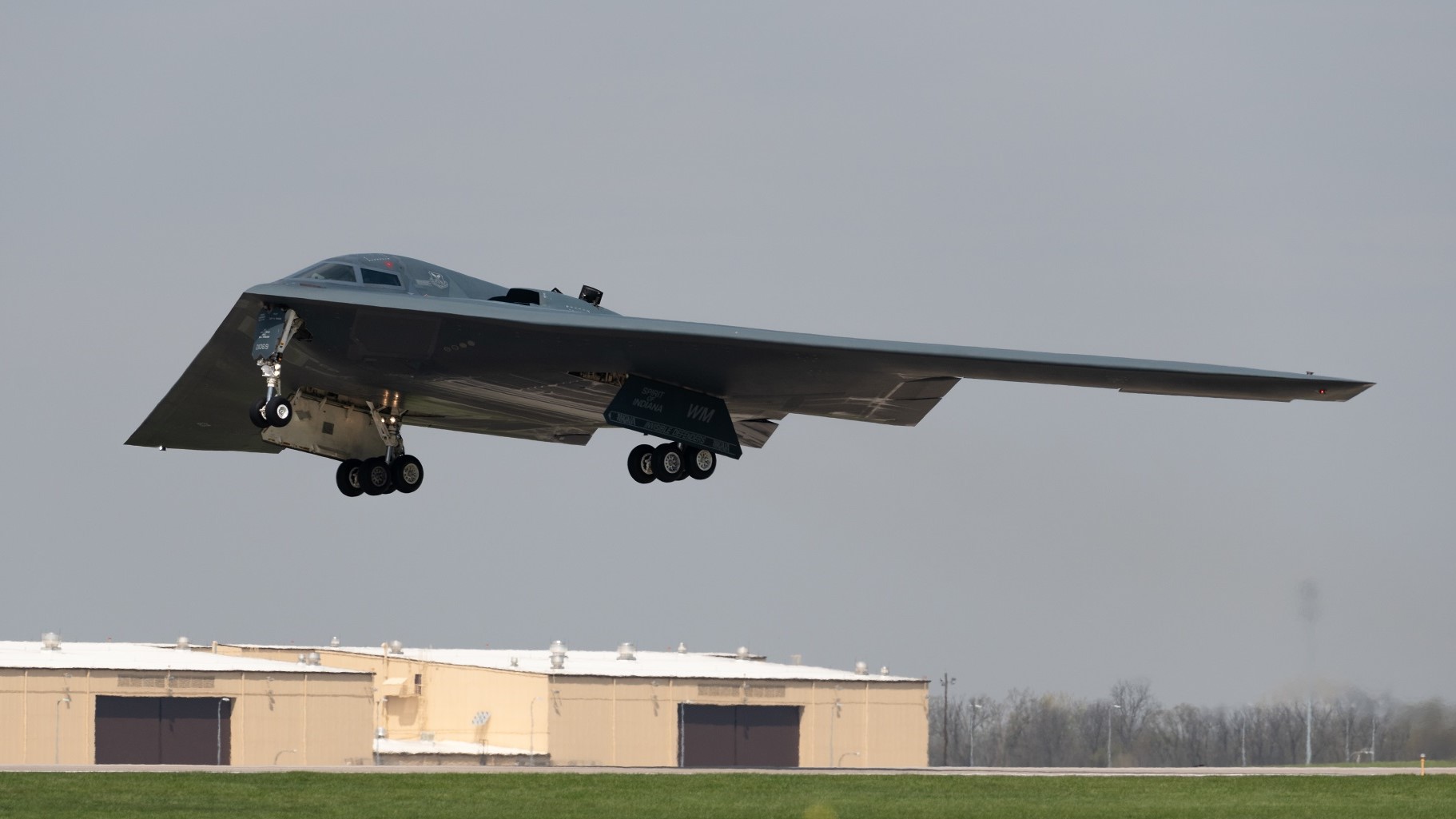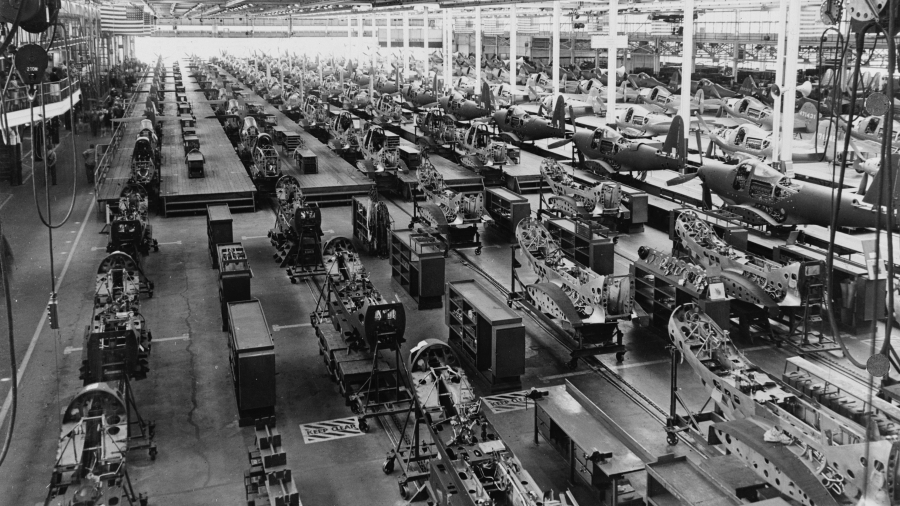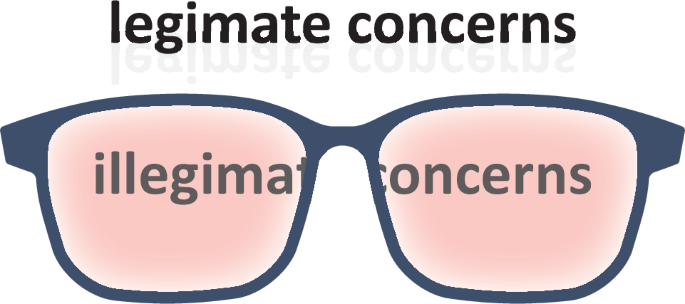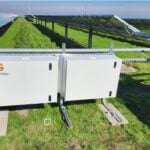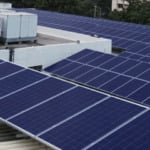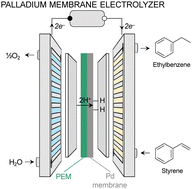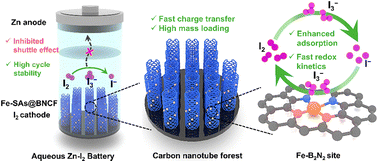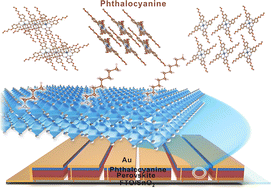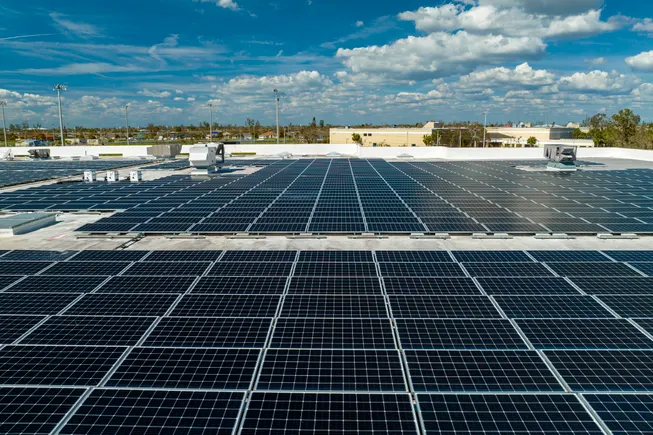Designing High‐Performance Dual‐Ion Batteries: Insights into Electrode, Electrolyte, and Interface Engineering
Advanced Energy Materials, EarlyView.

This review highlights advancements in dual-ion batteries, focusing on electrode materials, including graphite and nongraphited carbonaceous, intercalation, and conversion materials, as well as aqueous, organic, and solid electrolytes. Emphasis is placed on structural design, component optimization, interface engineering, and device design, providing insights to address challenges and achieve high-performance dual-ion batteries.
Abstract
Dual-ion batteries (DIBs) have garnered significant interest due to their high operating voltage, low cost, and environmental sustainability. However, their energy density remains insufficient for commercial viability. Driven by the evolving demands of advanced energy markets and material-specific application requirements, substantial progress has been made in the innovation and modification of key materials for DIBs. Critical electrochemical performance metrics—such as energy density, power density, rate capability, and cycling stability—are heavily influenced by the structure and properties of both electrode and electrolyte materials. This review provides an overview of strategies to enhance carrier migration dynamics, including advancements in electrode and electrolyte material composition and design, carrier transport mechanism optimization, and interface engineering. These developments are poised to accelerate the commercialization of DIBs, facilitating their integration into future energy storage technologies.







